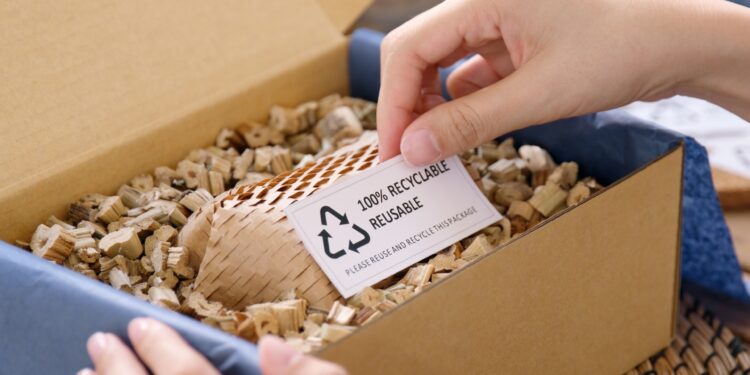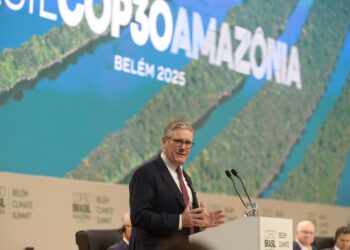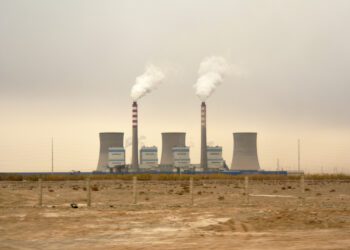Luxury has long meant excess—an expectation that traditionally extended into packaging. As consumer priorities have evolved to include—and prioritize—the reduction of environmental impact, packaging sensibilities are evolving as well. Initially, packaging showed greater restraint, and a move to alternative materials, to limit harmful impact; now, industry leaders are exploring creative new ways to make sustainable packaging a primary touchpoint for digital brand engagement. Not only are these efforts succeeding at using packaging design to advance corporate sustainability goals, but they’re also refocusing the conversation about “impact” from planetary harm to positive, innovative experiences that offer customers more value.
Reducing impact without diluting appeal
When Bain & Company surveyed more than 500 companies that span the luxury packaging value chain—including designers, manufacturers, and distributors of high-end packaging, as well as luxury brands themselves—we found clear signs that sustainability has risen in importance. The luxury packaging experts we surveyed said that the evolution is driven by consumers, who are demanding packaging that matches their growing concern for minimizing environmental impact. Tighter regulation—most notably the European Union’s Corporate Sustainability Reporting Directive and the Packaging and Packaging Waste Regulation—was the second-biggest catalyst for the change.
As industry leaders elevated sustainability considerations in response to consumer preferences and regulatory changes, they identified packaging as an easy lever to drive various goals, from decarbonization to biodiversity and biodegradability. The “four Rs” of packaging became the “how to” for reducing packaging’s impact:
- Reduce: Minimize the amount of material used in packaging.
- Reuse: Design packaging to be used multiple times.
- Recycle: Use recyclable materials (e.g., paper instead of plastic) and encourage proper recycling.
- Recover: Retrieve energy or materials from waste that can’t be reused or recycled (e.g., through waste-to-energy processes).
But materials are only part of the equation. Packaging is also key to the optimization of logistics, which can significantly reduce the carbon emissions impact of both the product itself and of the transportation journey required to get that product to consumers. In our survey, the top priority for improving the sustainability of the luxury packaging supply chain was to reduce packaging volume and weight to maximize transport loads and minimize journeys.
Our research also showed a clear expectation among luxury packaging players and their customers that less impactful options will soon become a much more significant part of the industry. Half of our survey respondents said they thought sustainable products would account for more than 30% of luxury packaging sales over the next three years.












